
Peder Severin Krøyer, also known as P. S. Krøyer, was a Danish painter.

Johannes Japetus Smith Steenstrup FRS(For) HFRSE was a Danish zoologist, biologist, and professor.

Johannes Eugenius Bülow Warming, known as Eugen Warming, was a Danish botanist and a main founding figure of the scientific discipline of ecology. Warming wrote the first textbook (1895) on plant ecology, taught the first university course in ecology and gave the concept its meaning and content. Scholar R. J. Goodland wrote in 1975: “If one individual can be singled out to be honoured as the founder of ecology, Warming should gain precedence”.

Christen Christensen Raunkiær was a Danish botanist, who was a pioneer of plant ecology. He is mainly remembered for his scheme of plant strategies to survive an unfavourable season and his demonstration that the relative abundance of strategies in floras largely corresponded to the Earth's climatic zones. This scheme, the Raunkiær system, is still widely used today and may be seen as a precursor of modern plant strategy schemes, e.g. J. Philip Grime's CSR system.
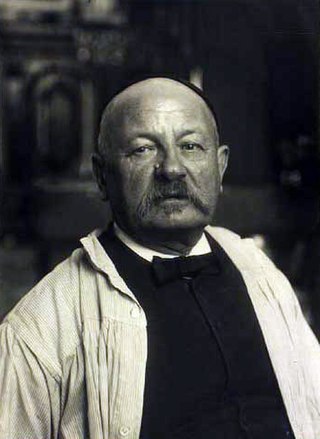
Peder Henrik Kristian Zahrtmann, known as Kristian Zahrtmann, was a Danish painter. He was a part of the Danish artistic generation in the late 19th century, along with Peder Severin Krøyer and Theodor Esbern Philipsen, who broke away from both the strictures of traditional Academicism and the heritage of the Golden Age of Danish Painting, in favor of naturalism and realism.
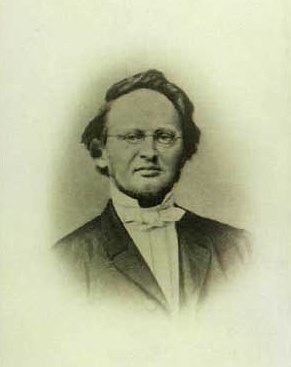
Anders Sandøe Ørsted, also written as Anders Sandoe Oersted or Anders Sandö Örsted was a Danish botanist, mycologist, zoologist and marine biologist. He was the nephew of physicist Hans Christian Ørsted and of politician Anders Sandøe Ørsted.

Carl Emil Hansen Ostenfeld was a Danish systematic botanist. He graduated from the University of Copenhagen under professor Eugenius Warming. He was a keeper at the Botanical Museum 1900–1918, when he became professor of botany at the Royal Veterinary and Agricultural University. In 1923, by the early retirement of Raunkiær's, Ostenfeld became professor of botany at the University of Copenhagen and director of the Copenhagen Botanical Garden, both positions held until his death in 1931. He was a member of the Royal Danish Academy of Sciences and Letters and served on the board of directors of the Carlsberg Foundation.

Knud Jessen was a Danish botanist and quaternary geologist.
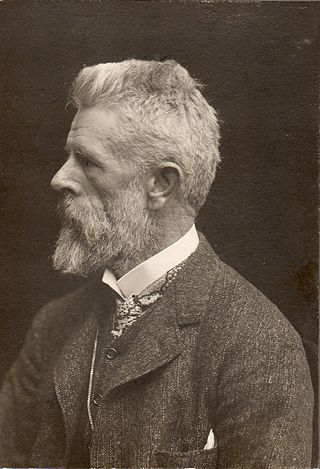
Laurits Regner Tuxen was a Danish painter and sculptor specialising in figure painting. He was also associated with the Skagen Painters. He was the first head of Kunstnernes Frie Studieskoler, an art school established in the 1880s to provide an alternative to the education offered by the Royal Danish Academy of Fine Arts.

Jacob Peter Mynster was a Danish theologian and clergy member of the Church of Denmark. He served as Bishop of the Diocese of Zealand from 1834 until his death.
David Favrholdt was a Danish philosopher, educated with M.A.s in psychology and philosophy and later Dr. Phil. from Copenhagen University. He is one of few Danes to be included in the International Who's Who.
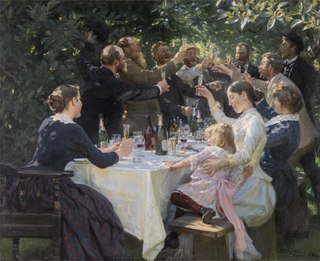
The Skagen Painters were a group of Scandinavian artists who gathered in the village of Skagen, the northernmost part of Denmark, from the late 1870s until the turn of the century. Skagen was a summer destination whose scenic nature, local milieu and social community attracted northern artists to paint en plein air, emulating the French Impressionists—though members of the Skagen colony were also influenced by Realist movements such as the Barbizon school. They broke away from the rather rigid traditions of the Royal Danish Academy of Fine Arts and the Royal Swedish Academy of Arts, espousing the latest trends that they had learned in Paris. Among the group were Anna and Michael Ancher, Peder Severin Krøyer, Holger Drachmann, Karl Madsen, Laurits Tuxen, Marie Krøyer, Carl Locher, Viggo Johansen and Thorvald Niss from Denmark, Oscar Björck and Johan Krouthén from Sweden, and Christian Krohg and Eilif Peterssen from Norway. The group gathered together regularly at the Brøndums Hotel.

Peter Frederik Suhm, was a Danish historian.
Hans Jørgensen (1886–1954) was the founder of Newar studies in the west. He published a Newar grammar and dictionary and studies of a number of newar texts. He received his doctorate in 1911 at Kiel University in Sanskrit and worked at the Museum für Völkerkunde in Berlin until 1919. In 1927 he traveled to England to consult Newar manuscripts at Cambridge with the support of the Carlsberg Foundation.

Søren Absalon Larsen was a Danish physicist who worked in the field of electroacoustics and is best known for giving his name to the Larsen effect.

Peder Severin Krøyer painted various portraits of his wife, Marie Krøyer née Triepcke, a fellow Danish artist who was said to be one of the most beautiful women in Copenhagen. Norwegian-born Peder had met and painted Marie in Copenhagen but fell in love with her when they met in Paris in 1889. After a honeymoon in northern Jutland and Italy, the couple settled in Skagen on the northern tip of Jutland in 1891, joining the group of artists that became known as the Skagen Painters.

From Copenhagen Stock Exchange is a monumental 1895 oil on canvas group portrait painting by Peder Severin Krøyer, featuring 50 representatives of the Danish commercial and financial industries gathered in the Great Hall of Børsen in Copenhagen, Denmark.

A Meeting in the Royal Danish Academy of Sciences and Letters is a monumental 1897 oil-on-canvas group portrait painting by Peder Severin Krøyer, depicting the membership of Royal Danish Academy of Sciences and Letters during one of its meetings in the Prince's Mansion in Copenhagen. The painting was commissioned by the Carlsberg Foundation in conjunction with the construction of its new building on H. C. Andersens Boulevard. Measuring 519.4 cm (204.5 in) wide and 266.7 cm (105.0 in) tall, it is Krøyer's largest painting.
Peter Boysen Jensen was a Danish plant physiologist. His research was fundamental to further work on the auxin theory of tropisms.
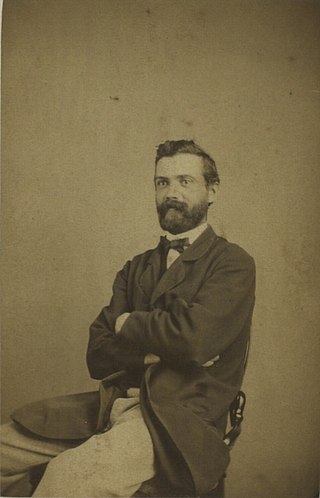
Niels George Steenberg was a Danish engineer who played an important role in the development of Denmark's chemical industry. He was professor of technical chemistry at the Technical University of Denmark from 1894 and president of the Danish Association of Engineers from 1907 to 1910.

















